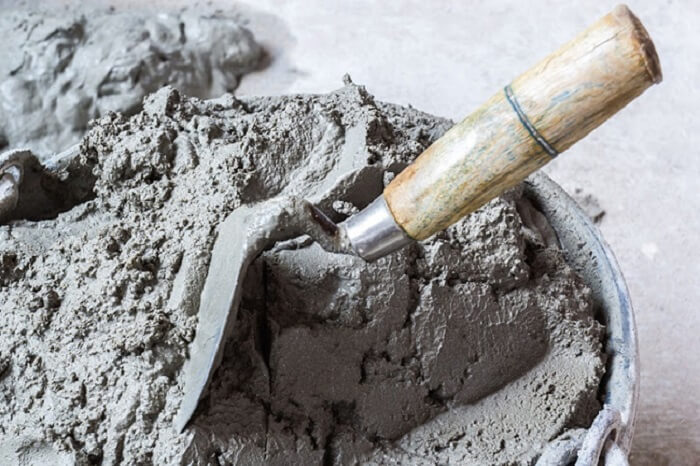Introduction
The construction industry has traditionally relied on conventional ordinary Portland cement for various types of building projects. However, with growing awareness around sustainability and the need for more specialized construction solutions, specialty cements have been gaining popularity in recent years. Specialty cements like white cement, colored cement, low alkali cement etc. offer unique advantages over ordinary Portland cement. This article explores some of the key specialty cement types available today and how they are enabling more sustainable and future-oriented construction.
White Cement
White cement has emerged as one of the most widely used Specialty Cement
types due to its aesthetic appeal. Made from white clinker instead of the traditional grey clinker, white cement produces a bright white finish after application. This makes it ideal for architectural and decorative concreting applications where appearance is a critical factor. Some key uses of white cement include architectural precast concrete, plastic concrete masonry units, tile installation, and ornamental cast stonework. Compared to traditional paints and coatings, white cement blends provide a more uniform and long-lasting white color for buildings. It is also breathable, crack and weather resistant – making it a sustainable option for enhancing the visual appeal of structures.
Colored Cements
Another popular specialty cement variant gaining ground are colored cements which come in a diverse palette of hues. Manufacturers are able to produce colored cement in different shades like red, yellow, blue, green, buff etc. by adding mineral oxide pigments during the cement manufacturing process. This allows creative concreting solutions like color-coded flooring, unique facade designs, patterned driveway and more. As colored cement is mixed with aggregates at the job site, it ensures uniform distribution of color throughout. Some major uses of colored cement include landscape walls, fountains, decorative concrete units, overlay work and others. Like white cement, colored cement blends provide a long-lasting colored finish with less maintenance compared to surface coatings.
Low Alkali Cement
Specialty cements are also formulated to address durability challenges. One such variant is low alkali cement which contains reduced amounts of alkalis like sodium and potassium. Exposure to high alkali levels in cement is known to cause alkali–silica reaction (ASR) in some aggregates, resulting in premature concrete cracking and deterioration. Low alkali cements effectively mitigate this problem by containing alkali levels below 0.6%. They are especially suitable for projects utilizing aggregates that are prone to ASR. This makes low alkali cement a sustainable option as it enhances the long-term performance of concrete structures located in corrosive environments.
High Early Strength Cements
Building projects with fast-track schedules rely on high early strength cements to pour structural concrete earlier. Such cements contain higher amounts of C3A (aluminate phase) which accelerates the hydration process. As a result, high early strength cements are capable of developing concrete strengths over 5000 psi in just 24-48 hours. This allows early formwork removal and acceleration of subsequent construction activities by critical weeks. Some common applications include bridge decks, industrial flooring, precast construction and more. Through timely project completion, high early strength cement supports sustainable construction practices.
Other Specialty Cements
Apart from the above mentioned types, other specialty cement variants developed by manufacturers include corrosion resisting cement, shrinkage compensating cement, sulfate resisting cement, masonry cement and more. Corrosion resisting cement contains low C3A and is used to counteract corrosion in harsh environmental exposures. Shrinkage compensating cement expands during hardening to reduce shrinkage cracking. Sulfate resisting cement withstands severe soil and water sulfate attacks. Masonry cement acts as an all-in-one material for constructing cement blocks. All such cements enable solutions for unique project parameters through enhanced concrete properties.
Overall, With versatile performance capabilities, specialty cements are emerging as sustainability-oriented solutions versus ordinary Portland cement. By providing benefits like enhanced aesthetics, durability, early strength and mitigating shrinkage; specialty cements enable high quality sustainable construction. As construction needs evolve with modern design and green building concepts, specialty cements will continue powering innovative concrete applications. Both architects and builders now have access to a wide range of cement technologies for creating visually appealing, durable and functionally efficient structures of the future.
*Note:
- Source: CoherentMI, Public sources, Desk research
- We have leveraged AI tools to mine information and compile it

